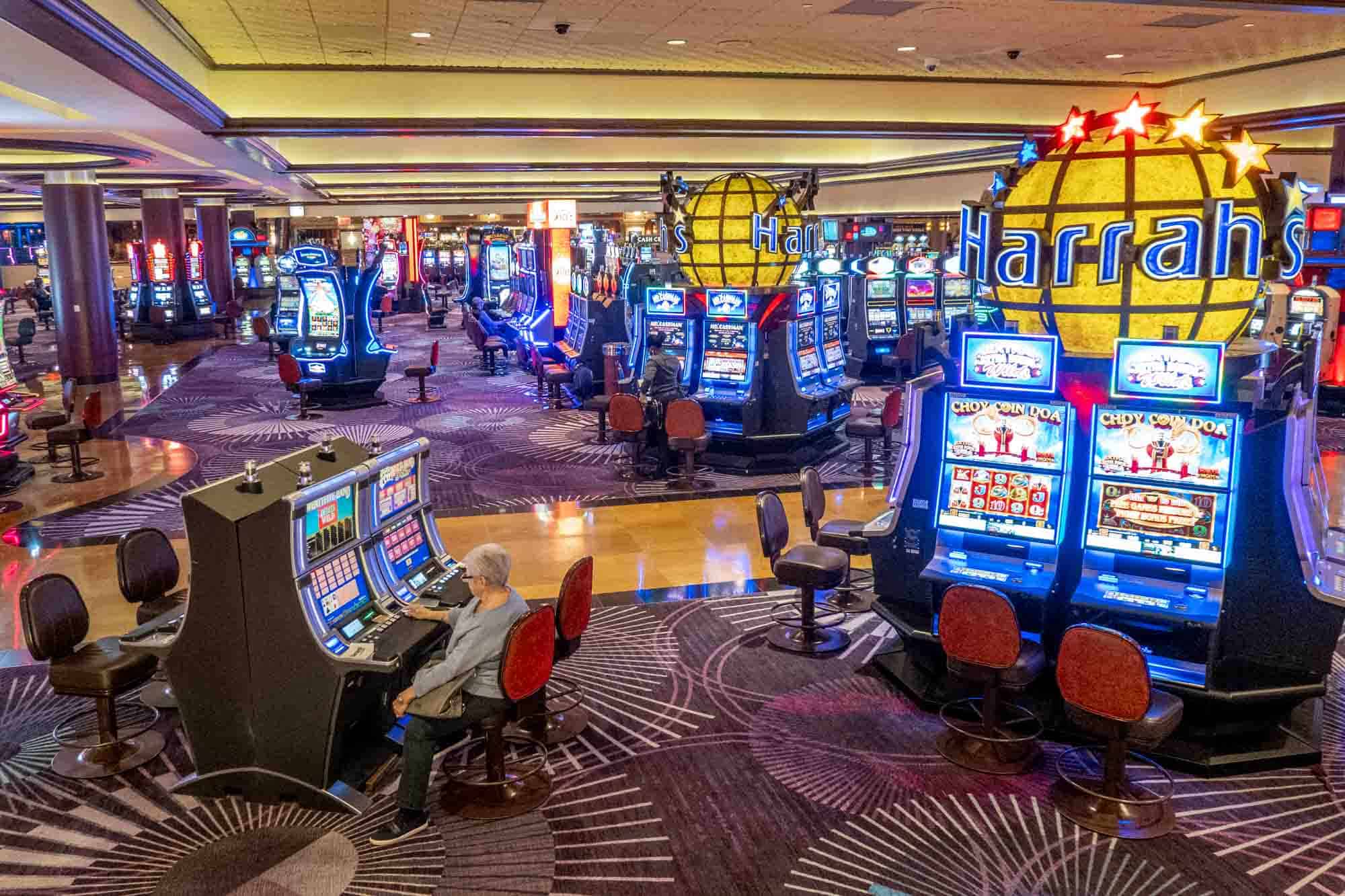The saga of fruit machines is a captivating adventure that mirrors the progress of recreation and gambling throughout the ages. Starting from their modest start in the final decades of the 1800s to becoming a mainstay in casinos throughout the world, these chance games have undergone remarkable transformations. Slot machines have enthralled players with their colorful visuals, engaging concepts, and the potential of life-changing prizes.

At first designed as physical machines with turning reels and limited images, slot machines have grown into sophisticated tech-based games that incorporate innovative features and interactive elements. Currently, they attract millions of players, each hoping to hit the jackpot with just the lever pull of a handle or the press of a tap. Delving into the captivating past of these machines unveils not just the narrative of a beloved hobby, but also a depiction of societal changes and progress in technology over the decades.
The Origins of Slot Machines
A tale of slot machines starts in the final years of the 19th century, a time when mechanical devices were becoming popular in places of amusement. The first true slot machine was invented by Charles Fey in 1895, known as the Liberty Bell. This machine featured three spinning reels and 5 symbols: hearts, diamonds, spades, a horseshoe, and the legendary Liberty Bell. Players pulled a lever to spin the reels, and if the symbols matched in a particular combination, they would win a payout. Fey’s invention quickly captured the attention of gamblers and set the foundation for future developments in casino slots games.
As the idea of the slot machine gained traction, numerous inventors sought to improve upon Fey’s design. By the early 1900s, these machines were becoming a frequent presence in saloons and amusement parks. In 1907, the first electromechanical slot machine was introduced by Herbert Mills, featuring a more intricate system of payout mechanisms and the renowned fruit symbols that are still linked to slots today. This evolution marked a significant shift in the gaming industry, as machines became more engaging and user-friendly, drawing in more players.
The popularity of slot machines remained high throughout the first half of the 20th century, resulting in their extensive use in casinos across the United States. However, the rise of legal restrictions on gambling during the Great Depression posed challenges for the industry. Many machines were banned, but this did not stop innovators. Instead, they adjusted by creating machines that dispensed candy or gum instead of cash prizes, effectively bypassing the restrictions while still providing the thrill of a casino slots game. This ingenuity kept the spirit of gambling alive, setting the stage for the eventual resurgence of slot machines in modern casinos.
Advancement of Casino Slot Technology
The history of slot machines started in the late 19th hundred years with the invention of the early mechanical machines. A mechanic named Charles Fey, a West Coast mechanic, launched the Liberty Bell in 1895, which featured three spinning reels and five images: hearts, diamonds, spades, a horseshoe, and the bell symbol itself. This straightforward yet engaging design laid the groundwork for the progress of slot games, creating an swift draw for gamblers searching for excitement and a chance to gain.
As technology matured, so did the design and capabilities of slot machines. By the central 20th era, electronic mechanical machines surfaced, including electric parts to enhance gameplay and increase payout chances. These advancements permitted for greater complexity features like multiple paylines and bigger jackpots. The gambling venues welcomed these advances, resulting in the emergence of gambling devices as a major provider of income within the casino business, radically transforming the slots gaming experience.
The closing 20th and beginning 21st eras brought the age of digital technology, causing the debut of video gambling machines. non gamstop These gaming units replaced traditional reels with monitors, permitting even more imagination in themes and gameplay systems. Gamblers could now appreciate rich graphics and sound effects, along with dynamic bonus rounds. The shift to web-based gaming further changed the casino slots game, allowing slots accessible to a global market at any time and everywhere, thus marking a fresh chapter in the development of gaming machine technology.
A Cultural Impact of Slot Machines
These gaming machines have become not only a means of leisure; they have integrated into the essence of mainstream culture. From movies and TV series to music and literature, these famous gaming machines often serve as symbols of chance and gambling. Films like The Casino and Ocean’s 11 prominently highlight slots, portraying them as exciting yet uncertain elements of the gambling experience. Their unique attraction lies in the noise of coins falling, the spinning reels, and the vibrant flashing lights, which in unison create an electric atmosphere that captures attention.
In addition, slot machines have shaped social gatherings and events, making them a focal point in casinos and gaming venues. Numerous individuals do not just visit a casino to gamble; they attend for the full experience, which includes the social interactions and the vibrant ambiance surrounding these machines. Special contests and themed gaming nights centered around slots also showcase their popularity, fostering community engagement and shared experiences among players. This community aspect has contributed to the machines’ lasting popularity.
The evolution of technology has further changed this cultural impact. Digital and online slots have broadened access to these games well beyond the walls of physical casinos. Players can now get their favorite casino slot games from home or on the go, leading to the rise of virtual forums and discussion boards where enthusiasts share strategies and experiences. The ongoing innovation in game design and the inclusion of storytelling have kept the cultural importance of slot machines alive, attracting new generations of players while maintaining a connection to their historical roots.